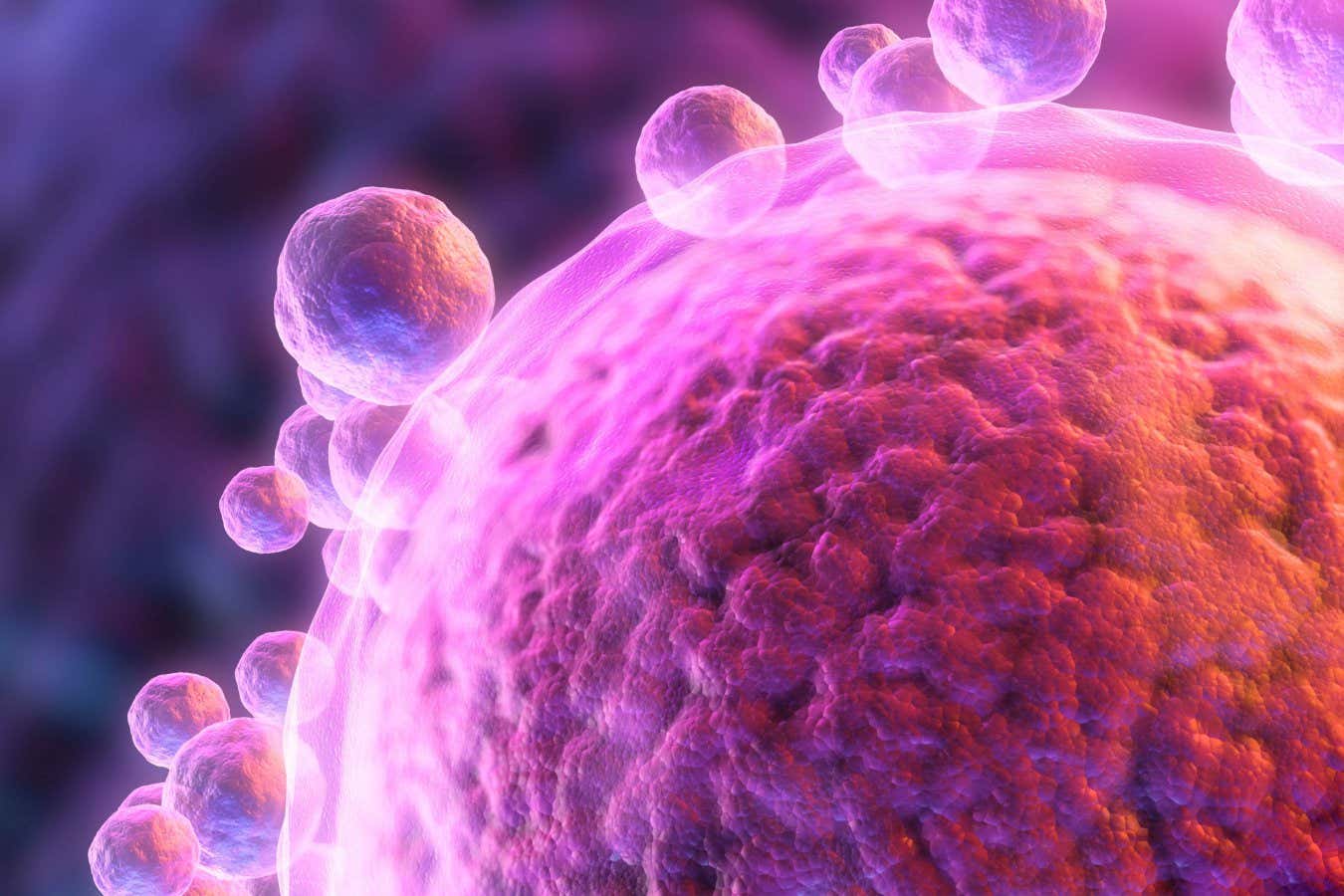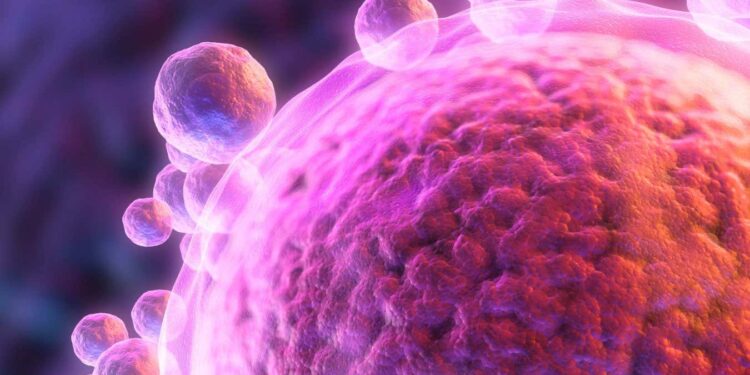
The genetic identity of human egg cells can be changed in the lab
Science Photo Library / Alamy
Human embryos have been developed from eggs given the DNA of adult skin cells – a feat that had previously been achieved in mice. This could one day provide a way for gay couples or women with fertility problems to have children who are biologically related to both their parents.
Scientists already know how to reproduce animals by cloning. This involves replacing an egg’s nucleus, which is filled with genetic material, with that of a body cell, such as a skin cell. But aside from legal limitations regarding human cloning, many couples want babies with a mix of both of their genes, which requires sperm and an egg, says Shoukhrat Mitalipov at Oregon Health and Science University.
Getting around this is difficult because eggs and sperm are haploid, meaning they carry only one set of chromosomes instead of the usual two. The challenge, then, is halving the full set of chromosomes present in cells like skin cells – after selecting a healthy blend of the original genes, as typically happens in nature.
Girls develop all their eggs while still in the womb, where the progenitors of egg cells – which originally contain 46 chromosomes – go through an elaborate process of duplicating, blending and splitting to halve to 23 chromosomes.
Mitalipov wondered if he could mimic that process in his lab by taking advantage of natural chemical processes that favour such division in mature human eggs, before and during fertilisation.
After achieving this in mice, he and his colleagues have now tested the approach in an early-stage trial in people. They first removed the nuclei from hundreds of eggs that were donated by healthy women. These eggs were arrested at a precise phase in their development associated with chromosome division. Next, the nuclei of skin cells called fibroblasts from a healthy female volunteer were placed into these eggs. Images taken through a microscope show the chromosomes lining up on spindles, scaffolds within cells for separating chromosomes.
Next, the team injected sperm from a healthy donor to fertilise some of the eggs. This is a similar approach to that used to make babies using a third person’s mitochondrial DNA, which is sometimes done to reduce the risk of certain genetic conditions.
This injection normally triggers an egg to finalise its chromosome selection and eliminate duplicate DNA in preparation for receiving more from the sperm. But in the skin-derived eggs, this process stalled, with the chromosomes lining up but never finishing separating. So the researchers tried again with a new set of fertilised eggs, this time using electrical pulses that let calcium rush into the egg – simulating a natural signal triggered when a sperm cell contacts the outside of the egg – and incubating the eggs with a drug that switches them out of the inactive state they are usually in prior to fertilisation.
Over a series of tests, the researchers finally achieved eggs that halved their chromosome count, eliminating extra ones. By the end of the experiment, 9 per cent of the fertilised eggs had become blastocysts – a ball of cells that forms about five or six days post-fertilisation, which is usually what is transferred to the uterus during IVF. The researchers did not attempt such a transfer or maintain the blastocysts beyond six days.
But the blend of genes that made up the remaining chromosomes appeared particularly prone to defects. “I feel that this approach is currently far too immature to be considered for clinical application,” says Mitinori Saitou at Kyoto University in Japan.
Katsuhiko Hayashi at the University of Osaka in Japan concurs, finding the method “highly sophisticated and well-organised” but “too inefficient and risky for immediate clinical application”. Nevertheless, Hayashi says the team has made “a significant breakthrough in halving the human genome”. “New technologies will be stemming from this achievement,” he says.
Mitalipov says the criticisms are fair, adding that his team is working to overcome the defect problem. “The bottom line is that we’re kind of halfway there, but still not exactly where we need to be,” he says.
Topics:
Source link : https://www.newscientist.com/article/2498183-egg-cells-made-with-dna-from-human-skin-fertilised-in-the-lab/?utm_campaign=RSS%7CNSNS&utm_source=NSNS&utm_medium=RSS&utm_content=home
Author :
Publish date : 2025-09-30 17:05:00
Copyright for syndicated content belongs to the linked Source.











